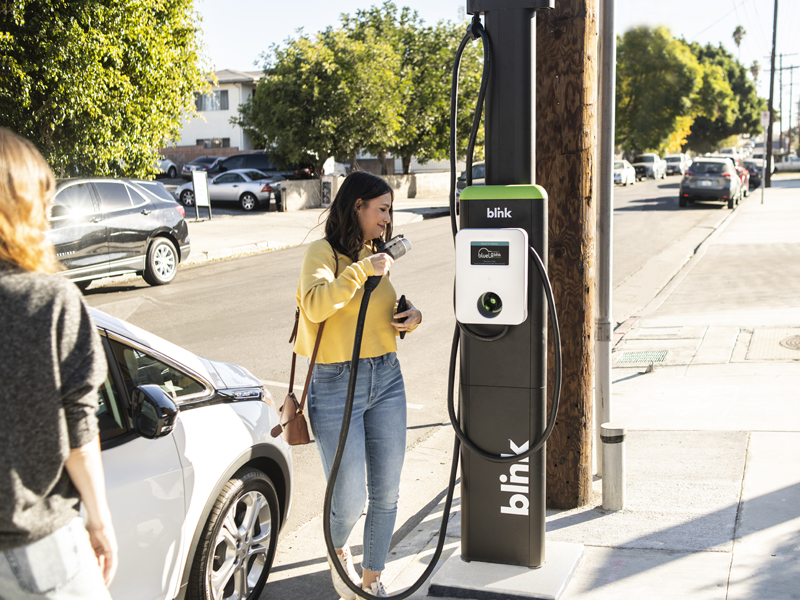Emissions and Electric Cars
Since they were first introduced, electric vehicles have been subject to scrutiny from critics, who suggest electric vehicles are not all they’re touted to be environmentally. Are EVs really far cleaner running than gas-powered vehicles?
According to Forbes, a comparative study of the International Council of Clean Energy (ICTT), showed EVs produce essentially no tailpipe emissions, a promising difference between electric and internal combustion engines. However, the differences in environmental impact are most apparent when cars are compared over the lifetime of the vehicle.
In fact, according to Energy.gov, there are two kinds of emissions: direct and life cycle. Direct emissions are those that come directly from the tailpipe. Direct emissions are smog-creating pollutants, such as nitrogen oxides and carbon dioxide. Life cycle emissions however are created in vehicle production, processing, distribution, use, and recycling/disposal. All vehicles produce some amount of life cycle emissions.

Fuel sources for gas-powered cars include digging, extraction, refinement, and transportation which produce a lot of petroleum-based toxic waste all before it’s actually used in a car. Producing EVs also creates some life cycle emissions however, they produce fewer emissions in creating the fuel and substantially fewer emissions during operation, as EVs run on electricity and not expended fuel. At every step in the process, there is no doubt EVs produce fewer emissions and far less environmental damage than gas-powered vehicles.
By enabling the purchase, use, and operation of electric vehicles, Blink is at the forefront of the green technology revolution. Blink directly helps eliminate greenhouse gas emissions caused by transportation and is reducing carbon emissions, one charge at a time.
Recommend for You
Stay Informed
Join our mailing list for hot news and company updates.







